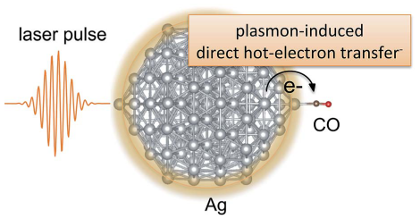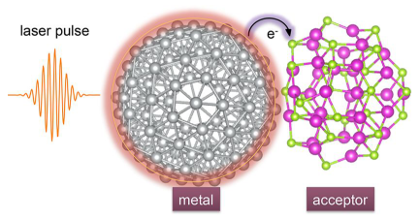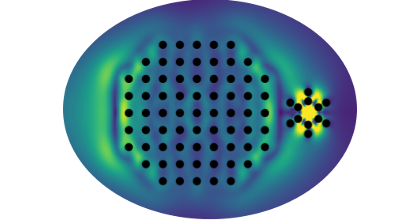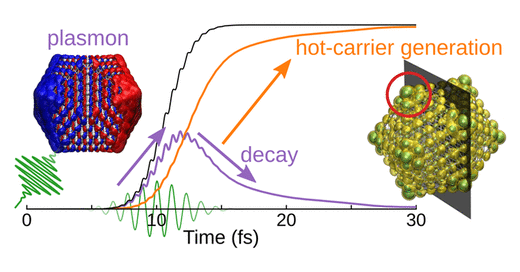Kohn-Sham decomposition in real-time time-dependent density-functional theory: An efficient tool for analyzing plasmonic excitations
T. P. Rossi,
M. Kuisma,
M. J. Puska,
R. M. Nieminen,
and
P. Erhart
Journal of Chemical Theory and Computation 13, 4779
(2017)
arXiv:1703.02824
doi: 10.1021/acs.jctc.7b00589
Download PDF
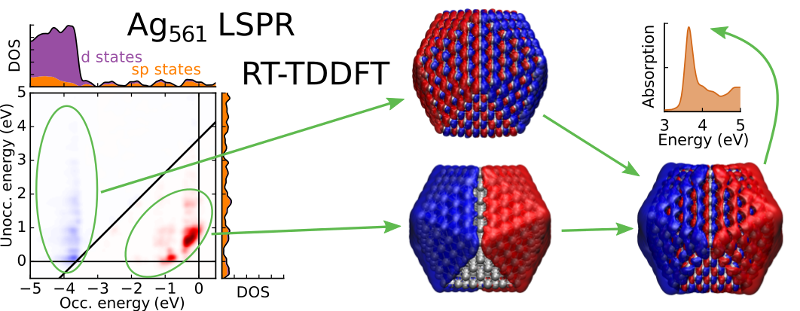
The real-time-propagation formulation of time-dependent density-functional theory (RT-TDDFT) is an efficient method for modeling the optical response of molecules and nanoparticles. Compared to the widely adopted linear-response TDDFT approaches based on, e.g., the Casida equations, RT-TDDFT appears, however, lacking efficient analysis methods. This applies in particular to a decomposition of the response in the basis of the underlying single-electron states. In this work, we overcome this limitation by developing an analysis method for obtaining the Kohn-Sham electron-hole decomposition in RT-TDDFT. We demonstrate the equivalence between the developed method and the Casida approach by a benchmark on small benzene derivatives. Then, we use the method for analyzing the plasmonic response of icosahedral silver nanoparticles up to Ag561. Based on the analysis, we conclude that in small nanoparticles individual single-electron transitions can split the plasmon into multiple resonances due to strong single-electron-plasmon coupling whereas in larger nanoparticles a distinct plasmon resonance is formed.
